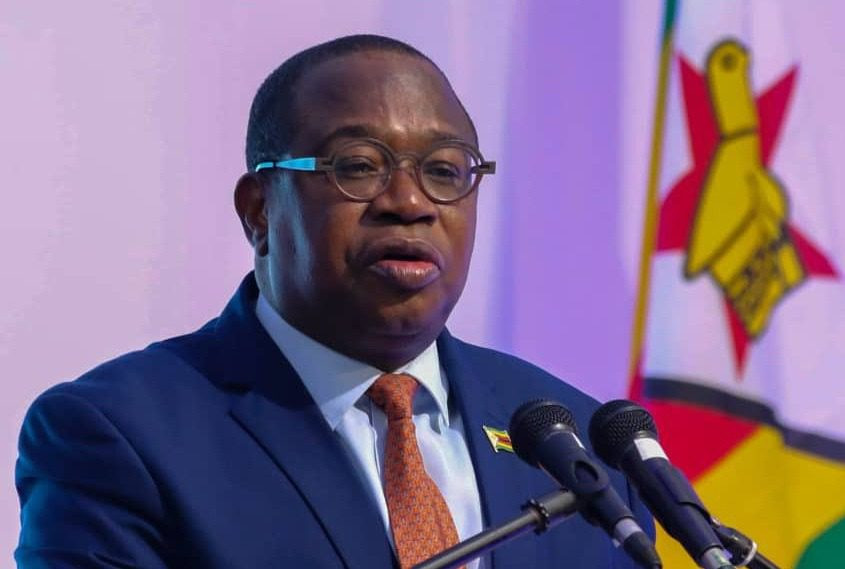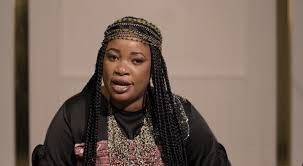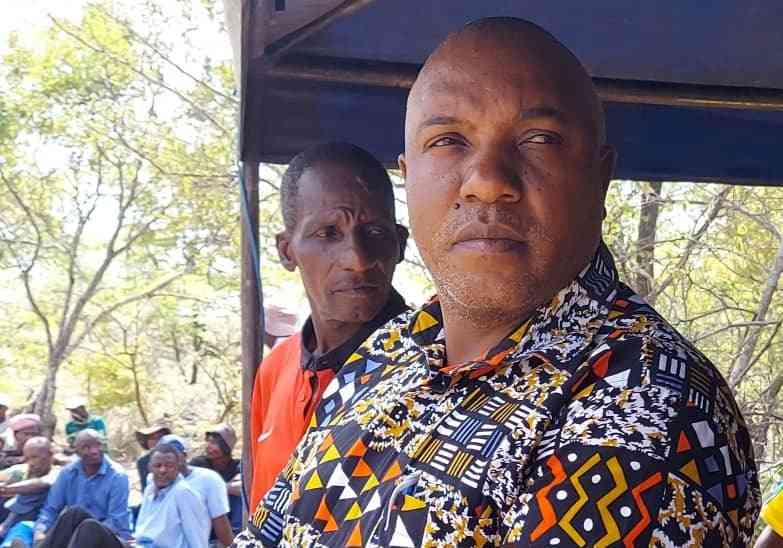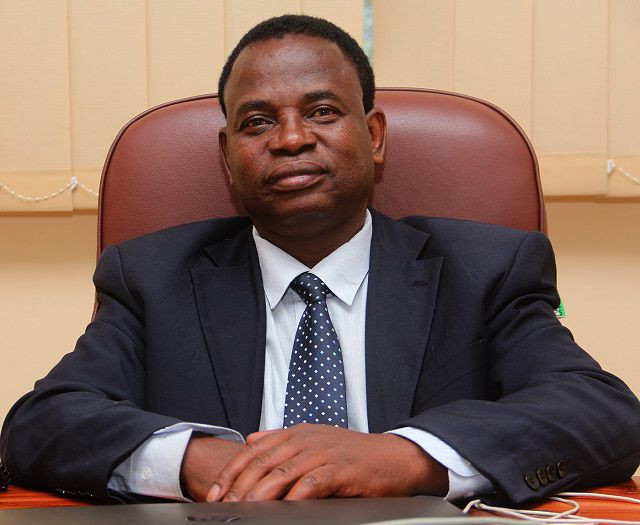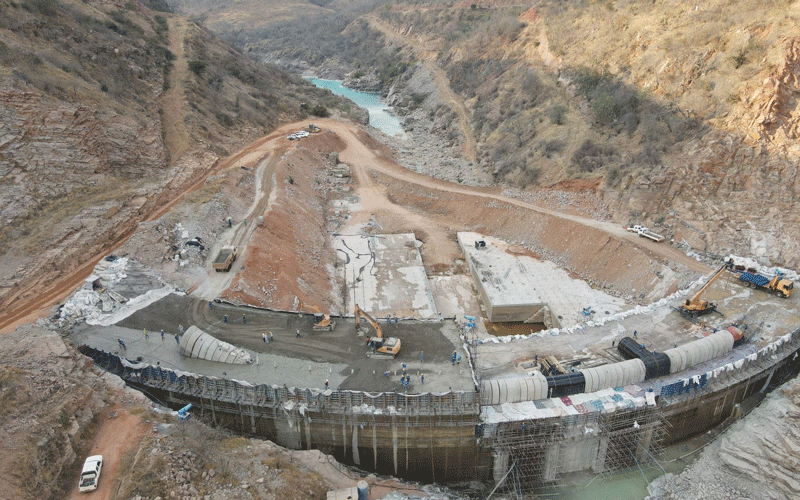
The government has once again pushed forward the deadline for the completion of the Gwayi-Shangani Dam to 2026, denting any hopes of a lasting solution to Bulawayo’s water crisis.
The project was first mooted in 1912 by the colonial Rhodesian government.
The Gwayi-Shangani project is seen as a lasting solution to Bulawayo’s water crisis, but it is behind schedule having missed deadlines since construction began way back in 2004.
Bulawayo is in the midst of its worst water crisis, with dams drying up as a result of the El Nino-induced drought.
Council has so far decommissioned Umzingwane Dam with Lower Ncema and Upper Ncema dams set to be decommissioned anytime soon.
Bulawayo permanent secretary for Provincial Affairs and Devolution, Paul Nyoni told Southern Eye on Sunday that the dam was still way off from completion.
“The government has planned that the Gwayi-Shangani Lake will be completed in 2025/26 to provide a long-term solution to the drought-induced shortages in Bulawayo and parts of Matabeleland North,” Nyoni said.
“We are also sinking boreholes around Bulawayo, though some hit dry holes due to a lower water table.
- Gwayi-Shangani: A tale of unfulfilled promises
Keep Reading
“Nearly 60% of the boreholes have produced water, and we are working with the private sector to explore aquifers around the city.”
In 2018, President Emmerson Mnangagwa, during a tour of the Gwayi-Shangani dam, pledged to do everything in his ability to ensure the project is completed by the end of 2019.
In 2019, the dam missed the deadline due to delays and budget constraints and it was pushed to 2022.
After missing the 2022 deadline, completion date was further pushed to the end of 2023.
The government shifted the dam’s deadline multiple times, with the most recent target set for completion by the 2023/2024 summer cropping season.
Mnangagwa also reaffirmed his commitment to complete the project during a cabinet session this year.
In his 2024 budget, Finance minister Mthuli Ncube allocated ZiG$389 billion in overall support towards dam construction projects, saying the priority was on the completion of the Gwayi-Shangani dam and pipeline. According to the latest figures from the government, the dam is around 60% complete.
Bulawayo mayor David Coltart last week urged the government to prioritise the construction of the Glassblock Bopoma Dam in the interim.
The Glassblock dam is expected to provide an additional 70 megalitres daily.
“Gwayi-Shangani Dam is only 55% complete, and its 257-kilometer pipeline to Bulawayo will cost another US$800 million,” Coltart posted on X.
“In comparison, Glassblock Bopoma Dam and its 32-kilometer pipeline will cost just US$126 million.”
The government has rejected calls to declare Bulawayo a water crisis area to enable the local authority to mobilise financial and material resources outside the country to implement short to medium term projects to alleviate the water crisis.
Instead, the government appointed a technical committee to draft plans to alleviate the water crisis.
However, water shortages have worsened with no solution in sight.
Nyoni said the government approved a US$14.3 million budget for short-term water interventions.
“These interventions focus on harnessing water from Insiza and Umzingwane dams, which have enough capacity to last until mid-2025,” Nyoni said.
“Installation of pipelines and booster pumps has begun, with the remaining work in the procurement stage.
“We have also approved the construction of a private sector-funded dam near Mbalabala to boost water supplies for Bulawayo and Matabeleland South.”
In the interim, city fathers insist the city’s water woes can be eased by tapping into the heavily polluted Khami Dam which is estimated to provide an estimated 12 megalitres of water per day.
However, any mention of Khami Dam water invokes angry outbursts from some quarters following previous claims from politicians that the dam contained dead bodies of Gukurahundi victims.

